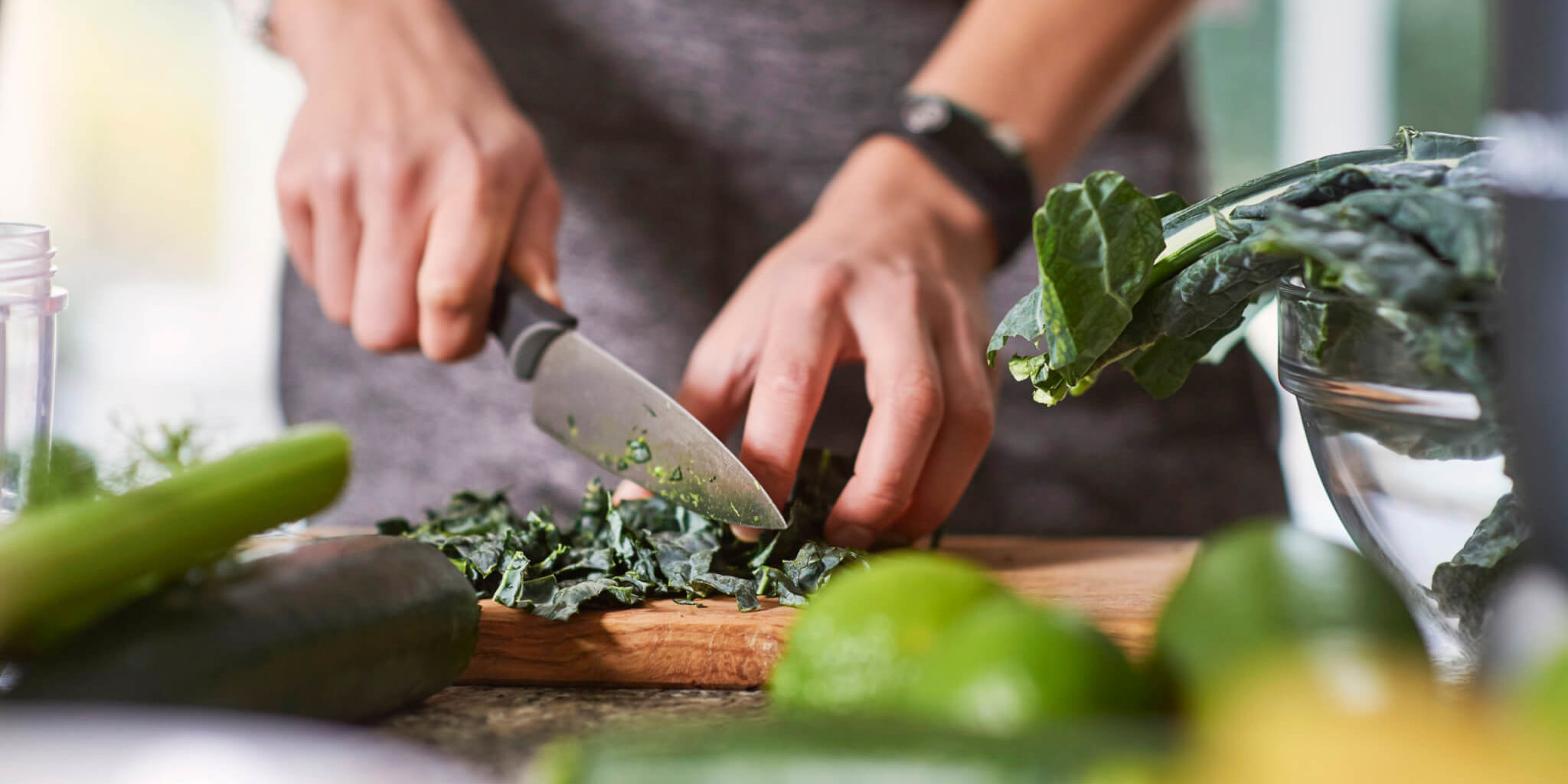Did you know that a vegetable plant has up to six parts that we can eat? Seeds, roots, stems, leaves, fruit, and flowers are all important parts of the vegetable plant, and each of them offers a variety of nutrients. Trends you may have heard of are farm-to-table and head-to-tail, and each of these emphasizes how we have an opportunity to make the food we eat more sustainable for our food system and our planet. We aren’t talking about farm-to-table or head-to-tail today; instead, we are focusing on a seed-to-stem-to-flower approach to eating vegetables and how this will help you work toward a zero-waste kitchen. Why should you try this? Well, #1, it reduces food waste; #2, it supports sustainable living; #3, eating a variety of plant parts offers a variety of nutrients; and, #4, it offers cost savings. I can’t wait to talk you through it, so let’s get started.
Eat both the seeds and the seedpods when you can: These are going to be your legumes, bean pods, beans, sprouted beans, etc. Instead of separating your seeds from pods, keep the seeds in the pods and cook them together. Some seeds if dried are hard and require soaking in water overnight, but those that are fresh and still in the pods, like snap peas or green beans, are perfectly cooked when lightly steamed.
Root veggies: With turnips, potatoes, carrots, beets, and other root vegetables, most people peel the vegetables to remove the skins, but these actually hold a lot of nutrients. So instead of peeling them, scrub the root veggies with a veggie-safe wash and a hardy sponge or scrubber. This will remove the visual imperfections but keep the nutrients. Also, the green tops of most root vegetables are edible and delicious in soups, lightly sautéed like beet greens, or turned into a spread or sauce like carrot greens pesto.
Veggies with stems and flowers: Veggies like broccoli, cauliflower, and asparagus can have a more tough and woody texture lower on the stem, which requires a bit more cooking to soften. So instead of throwing these woody sections away, set them to the side and follow these tips to process them. For broccoli and cauliflower, purée or food process the stems and make broccoli or cauliflower rice. For asparagus, chop the stems and boil them or use a pressure cooker and then purée. This purée can be added to soups, casseroles, and sauces. A personal favorite of mine is asparagus soup and it is so simple.
Veggies with stems and leaves: Celery, herbs like parsley and cilantro, leeks, kale, and many more vegetables have edible stems and leaves. The stems of many herbs can actually have a more rich and delicious flavor than the leaves. And the opposite is true of celery, where the leaves provide the flavor punch. On both counts, don’t miss out on using either of the plant parts. For your fresh herbs and kale, instead of taking the leaves off the stem, roll up the stems with the leaves on and slice thinly into a chiffonade. In the end, you won’t even know the stems are there. And for other veggies where the leaves are often discarded, thoroughly rinse the leaves and use them in soup stock to extract the most nutrients and flavor.
Now to the final part—the fruit of a vegetable plant: I know, it is confusing that I am talking about the fruit of a vegetable. But that’s because some of the vegetables we eat are technically the “fruit” of the mother plant. For instance, vegetables that grow on vines, like squash or pumpkins, or grow after the plant has bloomed, like a pepper, are actually the fruit of the vegetable plant. Now, you might be thinking, How can we maximize our use of the fruit? Well, that’s in how we use the seeds. The fruit of a plant typically holds the seeds for the propagation of the next generation of plants, and seeds are packed full of nutrients stored for growth. Good news—when we eat them, we get all of those nutrients. (Anyone ever try roasted pumpkin seeds? So delicious.) Since we can’t eat all seeds though, another opportunity to avoid waste is to save the seeds to plant in your own garden. Many of the seeds in the plants we purchase at a grocery store are actually viable seeds that will grow next season.
Though some of these ways might take a little more creativity and planning, the reasons to work toward a zero-waste kitchen are important. They will benefit you now and all of us in the long run. Thanks for reading, and I hope you join in the fun of eating from seed to stem to flower.
 Sarah is the Shaklee Pure Performance Team dietitian/nutritionist. She is also a two-time competitor for the USA in the Summer Games, participating in the 10-meter Air Rifle event in 2012 and 2016. Her experience as an elite athlete and her status as a Registered Dietitian Nutritionist (RDN) and Licensed Nutritionist (LN), make her perfectly suited to consult with Shaklee athletes on their nutritional needs. Sarah graduated from Texas Christian University in Fort Worth, Texas with a BS in Nutrition in 2013, and then earned an MBA in Entrepreneurship and Healthcare Management. She specializes in weight loss, improved sport performance, diabetes prevention, heart health, healthy aging, smoking cessation, and performance goals. Her hobbies include church ministries, mountaineering, physical fitness, and gardening.
Sarah is the Shaklee Pure Performance Team dietitian/nutritionist. She is also a two-time competitor for the USA in the Summer Games, participating in the 10-meter Air Rifle event in 2012 and 2016. Her experience as an elite athlete and her status as a Registered Dietitian Nutritionist (RDN) and Licensed Nutritionist (LN), make her perfectly suited to consult with Shaklee athletes on their nutritional needs. Sarah graduated from Texas Christian University in Fort Worth, Texas with a BS in Nutrition in 2013, and then earned an MBA in Entrepreneurship and Healthcare Management. She specializes in weight loss, improved sport performance, diabetes prevention, heart health, healthy aging, smoking cessation, and performance goals. Her hobbies include church ministries, mountaineering, physical fitness, and gardening.






